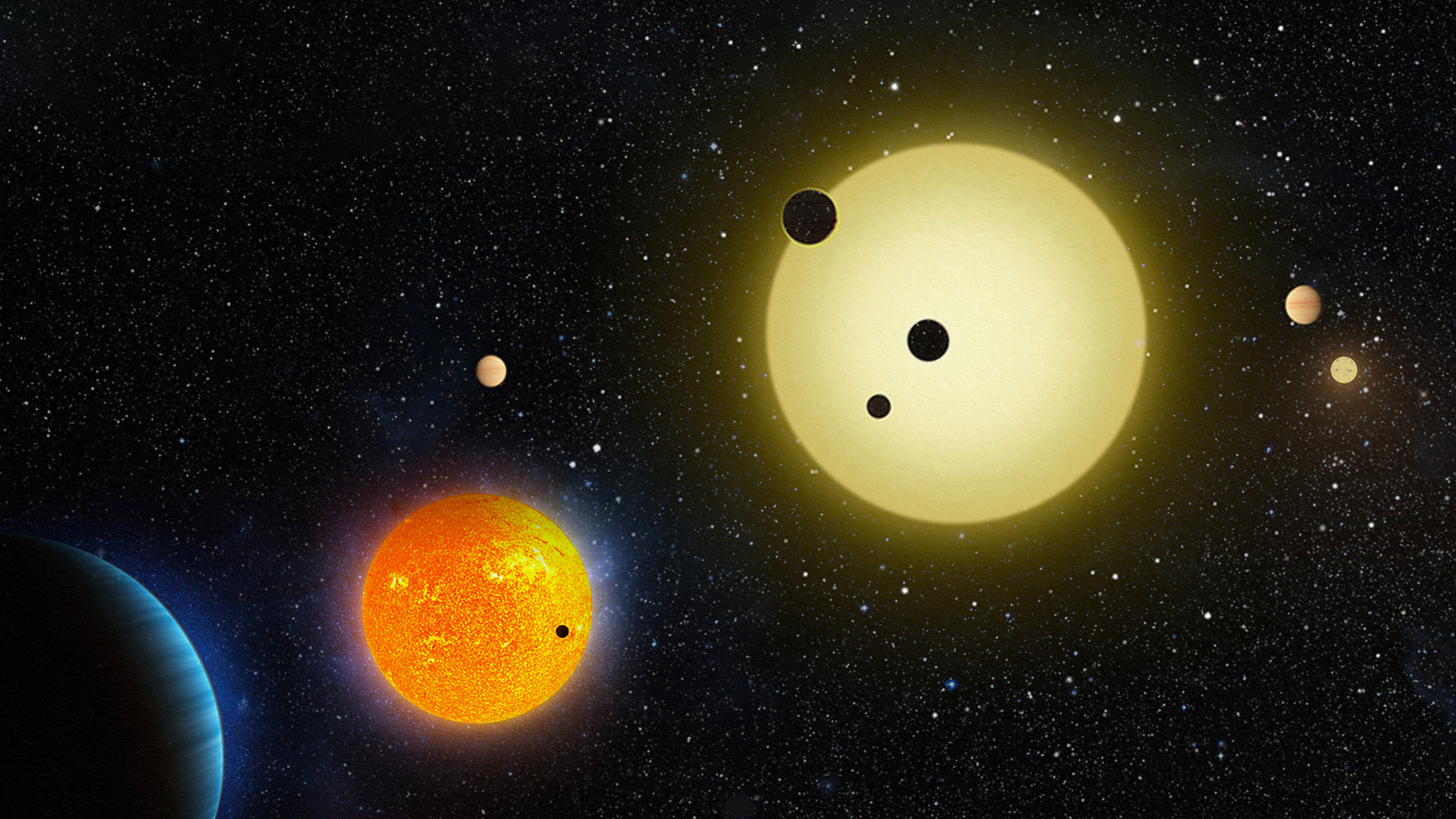From “apeiron” to dark energy: Science’s long quest to decode invisible forces

- When faced with puzzling observations, scientists have historically proposed the existence of unusual substances to explain the data.
- Some explanations proposed substances that are quite weird, invisible, massless, or ghost-like.
- Fortunately, science is a self-correcting narrative that imagines what’s possible in order to find the real. Sooner or later, we figure things out.
There is something quite fascinating about not knowing what’s going on. This is where the boundaries of the known and the unknown meet, and where imagination takes over. We use what we know to guess our best path into what we don’t know. The “guess” here is, of course, educated. Experience and methodology lead the way, and we plow ahead trying to figure out what lies out there in the uncharted territories of reality. This is why, in a very concrete sense, science is a flirt with the unknown.
The history of science is full of mysterious and invisible substances, materials that were proposed into existence as experiments and observations led scientists astray. Even before science as we know it came to be, philosophers in Ancient Greece populated the cosmos with all sorts of substances that would perform whatever function necessary for their worldview to make sense. Around the 6th century BCE, the philosopher Anaximander proposed that the Universe is filled with the apeiron — the “boundless” source that gives rise to all that exists. Worlds emerge from the apeiron and, when the time is ripe, revert to it in an eternal dance of creation and destruction. About 300 years later, Aristotle proposed that there was no empty space and that everything was filled with an element the Greeks called ether (or “aether”). All planets and stars were also thought to be made of ether, being eternal and unchangeable. This was all ancient philosophical speculation that preceded scientific experimentation. Still, the habit of imagining strange substances did not stop with the advent of modern science.
The mysteries of heat
Take the nature of heat. No one could figure out how substances got hot when heated up, or why a piece of wood, when rubbed against another, also got hot, even to the point of catching fire. The first guess was that heat was some kind of substance that would flow from one body to another. The German chemist George Ernst Stahl (1660-1734) postulated that burning resulted from the release of a hypothetical substance called phlogiston. Every combustible substance was made of a combination of phlogiston and the residue left over after the burning. In a sense, phlogiston was the ignitable essence of fire itself. However, the great French chemist Antoine Lavoisier showed that the process of combustion involves a chemical combination of a substance with oxygen. He also demonstrated that, in burning something (or in any chemical transformation), the total mass of the reacting substances is conserved. There was no need to invoke phlogiston as a hypothetical element to understand burning.
Still, the nature of heat remained obscure. We know that heat flows from hot to cold. A hot bowl of soup will cool off if we stop heating it. Lavoisier proposed that heat was some sort of invisible fluid called caloric that would flow naturally from a hot substance to a cold one. Since Lavoisier had shown that the total mass in any chemical reaction remains constant, he proposed that this caloric fluid was not just invisible but also massless. It also couldn’t be created or destroyed, just transferred from one substance to another. The challenge, then, was to prove that something invisible and massless existed. Or not.
Benjamin Thompson (1753-1814), an American expatriate later to be known as Count Rumford, was a professed opponent of the caloric hypothesis. After serving as an officer in King George III’s army fighting with the loyalists in America, Rumford eventually ended up in Munich, where he was promoted to general by the elector of Bavaria. While in Munich, he oversaw the boring of cannons, a perfect laboratory to study the generation of heat by friction. Using water to cool the drill and the cannon, he marveled at the tremendous amount of heat being liberated, which would quickly bring the water to a boil and keep it boiling for as long as the boring continued. He pointed out that the amount of heat being generated by friction “appeared evidently to be inexhaustible.” That being the case, heat couldn’t be made of caloric, since at some point the substance would run out of it. Only decades later, it was shown that heat is actually a form of motion, due to the agitation and collisions of molecules. So much for invisible substances explaining the nature of heat.
Luminiferous ether
Next on the list comes the luminiferous ether — the substance that allegedly supports the propagation of light waves. During the mid-19th century, most physicists were convinced that light was a wave. This being the case, they reasoned, it needed to move on a medium. After all, water waves move on water and sound waves move on air. So, it was reasonable to propose that light waves move on some medium, too. The fact that this ether had truly magical properties (like the Aristotelian ether) — filling all space yet being imponderable (weightless), being rigid as a hard solid yet never offering any resistance to the motions of planets and Earth, and being perfectly transparent so we could see far away celestial objects — didn’t seem to worry most physicists. But it should have. Hidden in the mysterious ether was a serious flaw of classical physics. In 1905, Einstein showed that light ether wasn’t needed by demonstrating that light waves have the remarkable property of propagating in empty space, with no support. Another invisible substance hits the dust.
Dark matter and dark energy
There are other strange substances — too many to mention here. But today we are dealing with two invisible substances of a different nature: dark matter and dark energy. Dark matter has been around for about 90 years, and dark energy since 1998. Both have been suggested to exist due to very compelling astronomical observations. Both have very strange properties: Dark matter only interacts with normal matter by gravity. It pulls the stuff we see around and that’s how we presume it exists; an invisible hand moving stuff that shines through space.
Dark energy acts only at huge cosmological scales, making the very fabric of space stretch out faster than we had anticipated. In other words, it accelerates cosmic expansion. To do that, it must have what we call negative pressure — something we don’t see every day in the laboratory. (Dark energy, pervading all of space, looks uncomfortably like an ether kind of medium.) So, do dark matter and dark energy exist? Will they be found as new invisible substances that are part of reality? Or will they be discarded like the caloric and the luminiferous ether?
We don’t know, although most physicists and astronomers would bet on them existing. But then again, most 19th-century physicists were also convinced that the ether existed. Fortunately, science has a way of moving forward by consistently checking which speculations come true and which don’t as we edge into those parts of reality we don’t know. In a few decades, we should know one way or the other.




